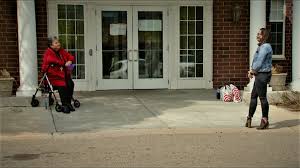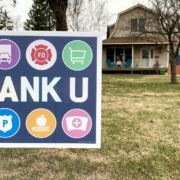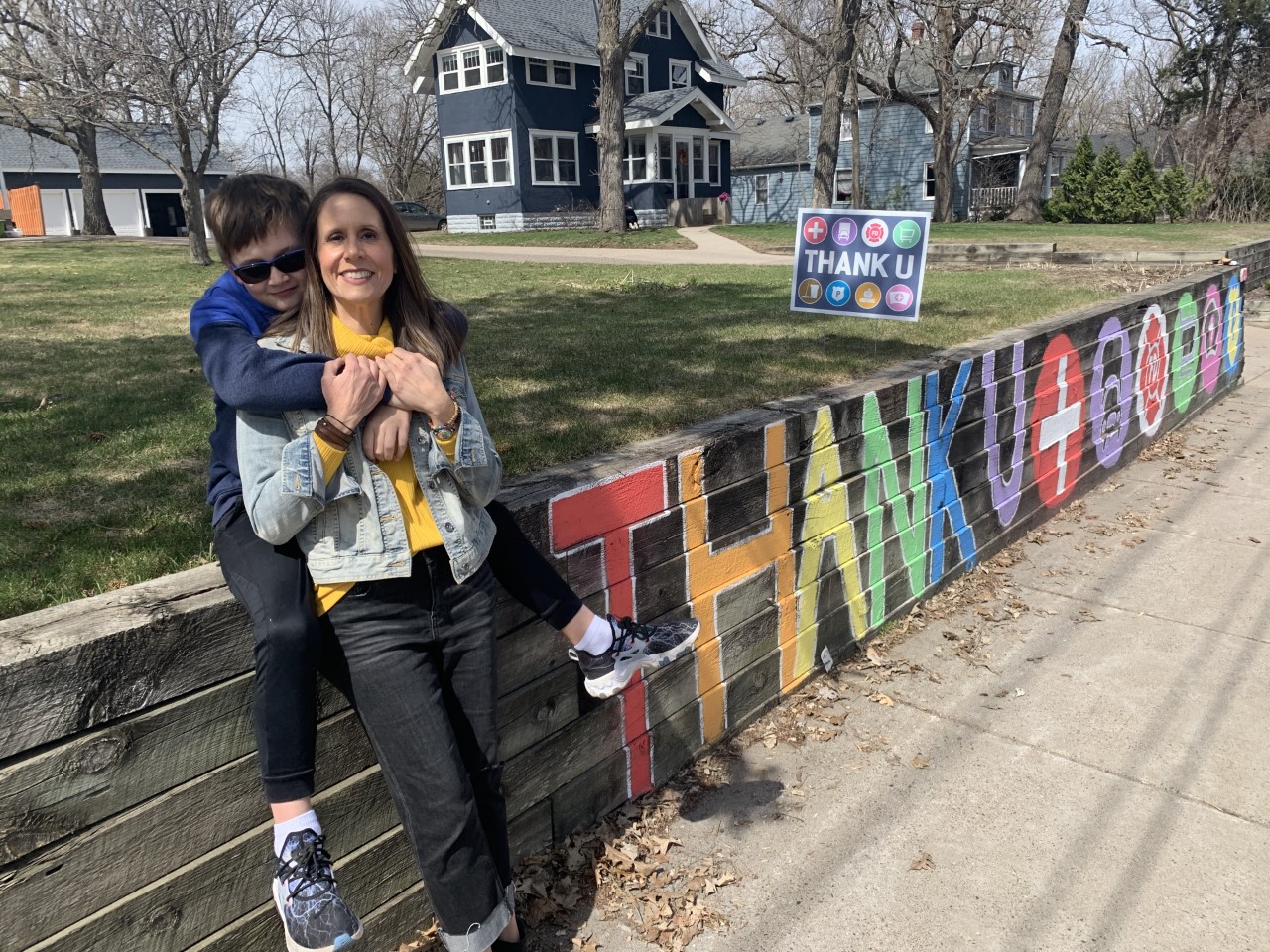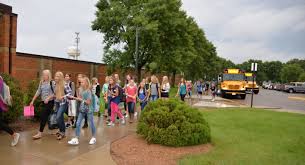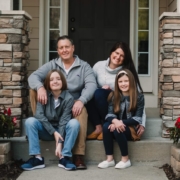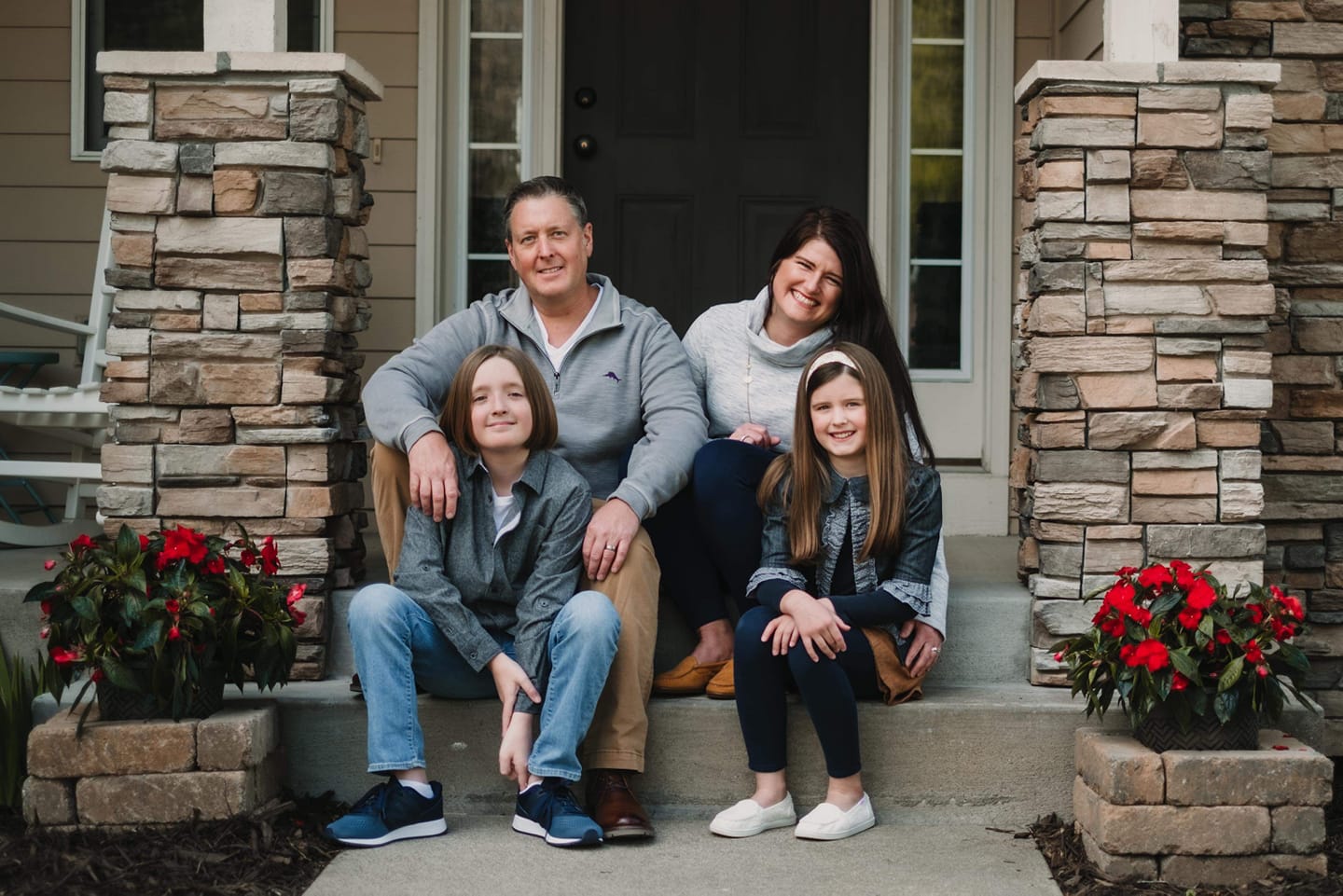Making A Critical Connection: New Non-Profit Matches Seniors in Need with Volunteers
As a man who has a deep desire to be kind to all people, Plymouth, MN resident Jeff Johnson described his purpose: “To make life better for others. We’re all put here for a reason, to serve others as best we can.”
It was late March and Jeff had been speaking with a few friends from his church about the COVID-19 crisis. Everyone was in shock about how drastically life as we knew it changed in just a few short days. Together, they discussed their concerns and the unknown consequences from the virus. People were worried about the health of their families and friends. People were out of work and some were in dire financial straits. Some suffered from depression and now self-quarantined, many felt isolated. Together, they agreed that something had to be done.
In his job as Hennepin County Commissioner for District 7, Jeff was receiving calls from his county constituents, too, who felt the need to do something. Many now had extra time on their hands and sought to volunteer.
Johnson recalled, “I was receiving a lot of calls from people who wanted to help. There just is not a mechanism in government for absorbing a huge influx of volunteers. We needed something to help connect the volunteers with those who were in need of help.”
A few days after his discussion with his church friends, Jeff learned of a new organization in Kentucky called the Louisville COVID-19 Match program. The purpose of this non-profit was simple. Connect older people at-risk with a younger volunteer who was not at high risk so errands can be run, check-in calls can be made, and people can be helped. Jeff contacted the coordinator of the Louisville program to learn about the details.
Immediately following that call, Jeff dialed in a few of his close friends from church to continue their discussion about doing something to assist those in need. During that call, the idea of Northstar Neighbor was conceived. They believed for every person in need, there’s another person ready and willing to help. The few volunteers got to work building a website, developing a launch plan and getting the word out.
The purpose of Northstar Neighbor is to spread a message of hope and compassion by serving neighbors in Minnesota who are at higher risk of COVID-19 complications. One-on-one connections are made between a healthy volunteer who has low COVID-19 risk factors with a senior or other high-risk person in the same community for remote friendship, conversation and help with delivery of groceries or prescriptions. Northstar Neighbor is not supported or sponsored by any governmental entity.
Johnson described Northstar Neighbor, “First and foremost, it’s about conversation and companionship and not being alone. We just match a volunteer who has time to help somebody who needs some extra help right now. It’s nothing complex here at all, just a lot of people who need a lot of help and there’s people who want to help. We’re just connecting them.”
In the first three days of the program, with the help of media interviews and social media, over 100 volunteers were received and a couple dozen matches were made. By Memorial Day weekend, over 400 volunteers had been received and nearly 100 matches have been made.
The founding volunteers put together the matches, make an introduction and let the volunteer and the senior take it from there. The nonprofit asks volunteers to call their senior every few days to check in on them and to pick up groceries or prescriptions for them if needed. Once confirmed the volunteer has made the call, Northstar Neighbor moves out of the picture. Hopefully, a friendship is developed.
Johnson adds, “We now have volunteers who are calling nursing homes and assisted living centers to let them know what we’re up to. There are so many people with no one to talk to, or no family. They are so isolated and there is such a need for companionship. The challenge is to identify those individuals who aren’t supported by religious communities or other nonprofits, the people who aren’t being looked out for and are isolated.
Johnson continued, “We have had two separate recent requests from wives who have husbands – one in his 70s and the other in his 80s – where the wives have said their husbands have no friends who are still alive. They’ve asked if we could find another man, closer in age, who can call and check in with them? So, a few seniors have volunteered to make calls, too.”
Thinking back to mid-March, when the world changed due to the COVID crisis, Johnson said, “I’ve been struck by how eager and willing people are to sacrifice and help. It’s bringing out the best in a lot of people.”
“This is a two-way street. The people volunteering are really providing a gift to people who need some help, but the people who are asking for help are providing a gift to people who desperately want to help someone right now and maybe don’t have any other avenues for it,” Johnson said.
Reflecting on the creation of Northstar Neighbor less than two months ago, Johnson said, “This initiative has also been a gift for me. I’ve experienced a different sense of purpose than I would have otherwise.”
Anyone in Minnesota wanting to volunteer or needing a volunteer should click this link: https://northstarneighbor.com
Jeff Johnson and the volunteers of Northstar Neighbor are operating purposefully, fulfilling a dire unmet need and creating quite an impact – one volunteer and one senior at a time.
How about you? Are you living purposefully and creating an impact during this uncertain time? If not, what’s the missed opportunity for you and others?
“When I was a boy and I would see scary things in the news, my mother would say to me,
‘Look for the helpers. You will always find people who are helping.’ “Fred Rogers





